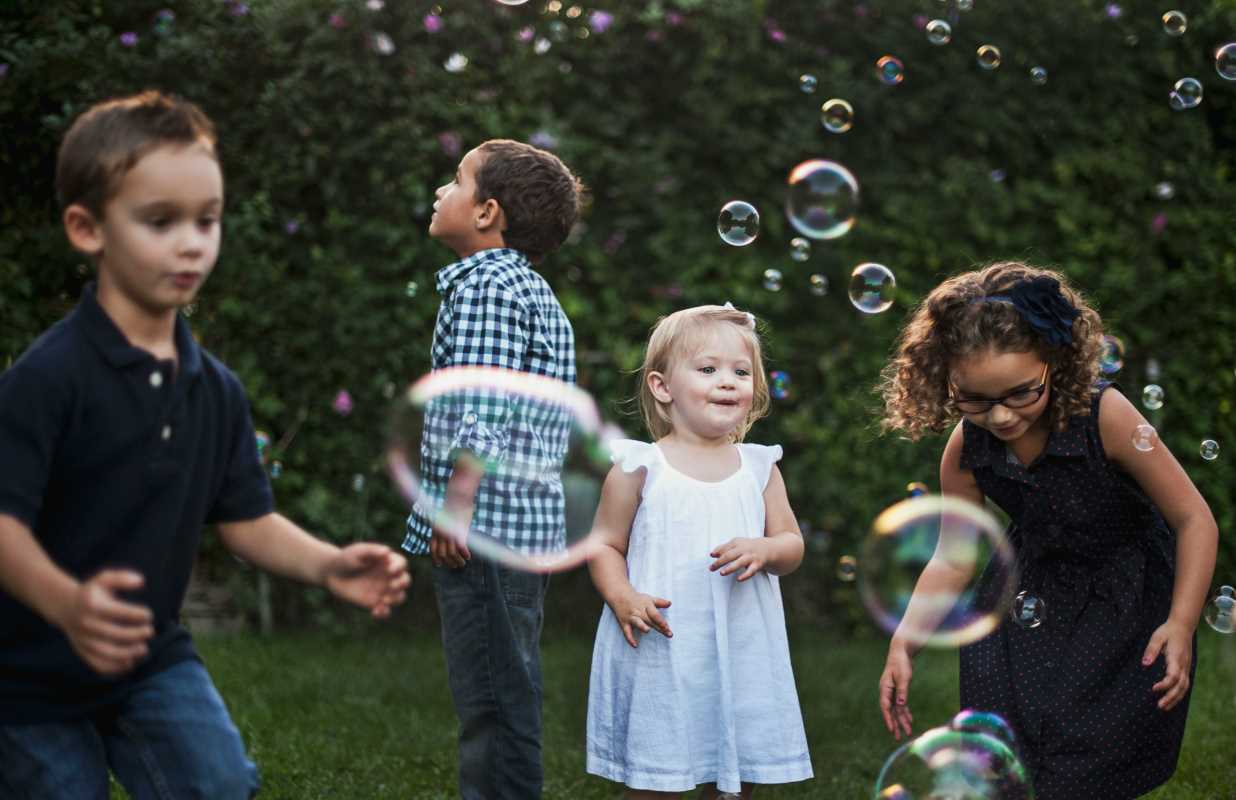Parenthood is a journey of constantly adjusting your expectations. One day you’re celebrating a successful trip to the grocery store that didn’t involve a public meltdown, and the next you’re wondering if it’s too much to ask for your teenager to transport a dirty plate from their bedroom to the dishwasher. Setting expectations for our kids can feel like trying to hit a moving target in the dark. We want them to be responsible, capable, and independent, but we often struggle with knowing how much to ask of them, and when.
The gap between our expectations and our child’s actual capabilities is where frustration thrives, for both parties. Expect too little, and you risk raising a child who lacks resilience and basic life skills. Expect too much, and you create a pressure cooker of anxiety and a constant sense of failure. The secret lies in finding that sweet spot: setting expectations that are rooted in their developmental stage, not in our own hopes, fears, or the curated perfection we see on social media. It's about challenging them just enough to grow, while still providing a safety net of love and support.
Understand the Developing Brain
Before you can set realistic expectations, it helps to have a basic understanding of what’s going on inside your child’s head. A child’s brain develops from the back to the front, which means the prefrontal cortex, the part responsible for planning, impulse control, and rational decision-making, is the last to come online. It doesn’t fully mature until the mid-twenties. This single biological fact explains so much about childhood behavior. It’s why a toddler can have a five-alarm meltdown because you gave them the blue cup instead of the red one, and why a teenager might make a decision that seems bafflingly short-sighted to a fully-formed adult brain.
This doesn't mean kids get a free pass for their behavior. It just provides context. When you ask your seven-year-old to get their backpack, shoes, and jacket ready for school, and you find them five minutes later intensely focused on a dust bunny, it’s not necessarily defiance. Their brain is still developing the capacity to manage multi-step instructions and stay on task. Understanding the "why" behind their actions allows you to approach the situation with more empathy and to adjust your expectations accordingly. Instead of expecting them to remember a list of commands, you might guide them through one step at a time.
Match Chores to Capabilities
Household chores are one of the primary arenas for setting expectations. They are fantastic tools for teaching responsibility, life skills, and the value of contributing to a family team. However, the success of chores hinges entirely on whether they are age-appropriate. Asking a preschooler to dust the baseboards is a recipe for success; they are low to the ground and can be armed with a fun, feathery duster. Asking that same preschooler to fold laundry will likely result in a pile of wrinkled chaos and a frustrated parent.
The key is to think in terms of skills, not just tasks. Toddlers and preschoolers are great at sorting (matching socks), carrying (bringing their own plate to the sink), and simple wiping tasks. Elementary-aged children can handle more complex responsibilities like setting the table, feeding pets, or helping with meal prep. As they grow into pre-teens and teenagers, they can take on more ownership, like being responsible for their own laundry from start to finish or cooking a simple family meal once a week. The goal is to build a scaffold of skills, starting with simple tasks and gradually adding complexity as they demonstrate mastery.
The Art of Emotional Expectations
Managing expectations isn't just about chores and behavior; it’s also about what we expect from our children emotionally. We want them to be happy, kind, and resilient, but we sometimes forget that emotional regulation is a learned skill, not an innate trait. It’s unrealistic to expect a four-year-old to calmly express their disappointment when their block tower falls over. Their emotional toolkit at that age is limited, and a tantrum is a developmentally normal, albeit loud, expression of overwhelming feelings.
Our role is not to demand that they stop feeling but to help them learn how to manage those feelings. Instead of saying, "Stop crying!" you could say, "I see you're very sad that your tower fell. It's okay to be sad. Let's take a deep breath." With older children and teens, we can expect more advanced emotional reasoning. We can expect them to use their words to express frustration rather than slamming a door, but they still need guidance and a safe space to process their complex feelings without judgment. Expecting them to be happy all the time is not only unrealistic but also sends the message that "negative" emotions are bad, which can lead to them hiding their true feelings from you.
Communicating Your Expectations Clearly
You can have the most reasonable, perfectly age-appropriate expectations in the world, but if you don't communicate them clearly, they are useless. We often assume our kids know what we want, and then get frustrated when they don't deliver. "Clean your room" is a common but terribly vague expectation. Does it mean put away the toys? Make the bed? Vacuum the floor? For a child, that ambiguity can be overwhelming and lead to them doing nothing at all.
Effective communication is the bridge between your expectation and their action. Being specific and direct sets them up for success.
- Be Specific: Instead of "Be good at the store," try "Please use your inside voice and stay next to the cart while we are in the store."
- Frame it Positively: Instead of "Don't make a mess," try "Please keep the paint on the paper."
- Give One or Two Instructions at a Time: Especially for younger children, breaking down a large task into small, manageable steps is crucial.
- Check for Understanding: After giving an instruction, you can ask, "What was the first thing I asked you to do?" to ensure they've processed it.
- Use Visuals: For routine tasks like getting ready in the morning or before bed, a simple picture chart can work wonders for kids who aren't strong readers yet.
Flexibility is Your Superpower
Perhaps the most important part of setting expectations is knowing when to be flexible. Development is not a linear race. Kids will have good days and bad days. They will master a skill one week and seem to forget it entirely the next, especially if they are tired, hungry, sick, or going through a big life change. Rigidly adhering to an expectation in the face of a child who is clearly struggling is a recipe for conflict. This is where your parental wisdom comes in.
Flexibility doesn't mean having no standards. It means being able to read the situation and respond to the child in front of you. Maybe tonight, after a long and difficult day at school, you help your child with a chore that they normally do independently. Maybe you offer extra snuggles instead of a lecture when they have an uncharacteristic meltdown. Being a parent is a dance between holding the line and offering grace. Knowing how to set age-appropriate expectations is the choreography, but knowing when to bend, to support, and to adjust is the art that makes the whole performance work.
 (Image via
(Image via





